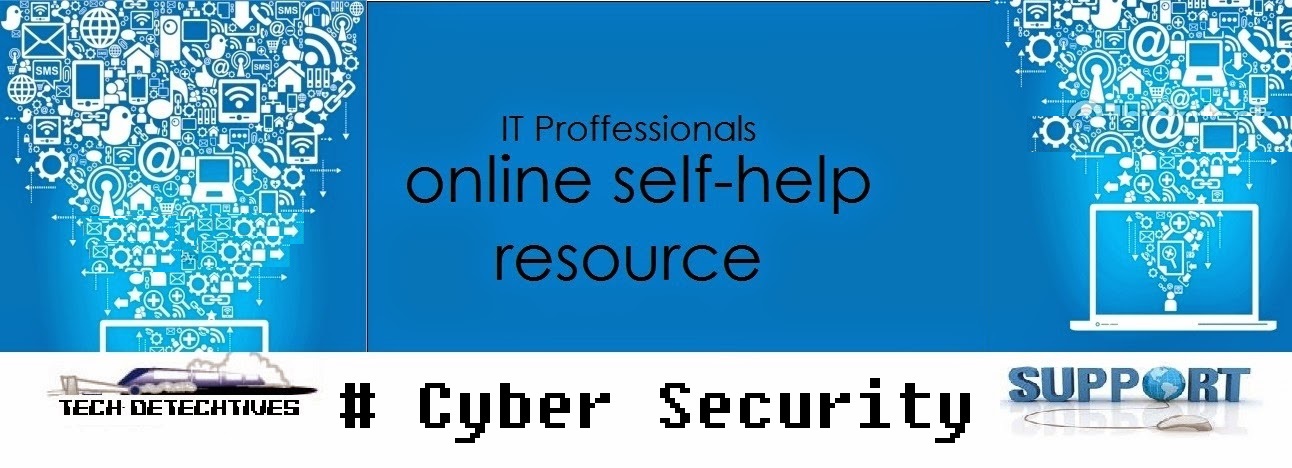- Encryption Ransomware
It encrypts personal files and folders (documents, spread sheets, pictures, and videos).
A ransomware attack is typically delivered via an e-mail attachment which could be an executable file, an archive or an image. Once the attachment is opened, the malware is released into the user’s system. Cybercriminals can also plant the malware on websites. When a user visits the site unknowingly, the malware is released into the system.
The infection is not immediately apparent to the user. The malware operates silently in the background until the system or data-locking mechanism is deployed. Then a dialogue box appears that tells the user the data has been locked and demands a ransom to unlock it again. By then it is too late to save the data through any security measures.
Available repository of keys and applications for some of the variants :- below lik
How to prevent a ransomware attack?
- Back-up! Back-up! Back-up! Have a recovery system in place so a ransomware infection can’t destroy your personal data forever. It’s best to create two back-up copies: one to be stored in the cloud (remember to use a service that makes an automatic backup of your files) and one to store physically (portable hard drive, thumb drive, extra laptop, etc.). Disconnect these from your computer when you are done. Your back up copies will also come in handy should you accidentally delete a critical file or experience a hard drive failure.
- Use robust antivirus software to protect your system from ransomware. Do not switch off the ‘heuristic functions’ as these help the solution to catch samples of ransomware that have not yet been formally detected.
- Keep all the software on your computer up to date. When your operating system (OS) or applications release a new version, install it. And if the software offers the option of automatic updating, take it.
- Trust no one. Literally. Any account can be compromised and malicious links can be sent from the accounts of friends on social media, colleagues or an online gaming partner. Never open attachments in emails from someone you don’t know. Cybercriminals often distribute fake email messages that look very much like email notifications from an online store, a bank, the police, a court or a tax collection agency, luring recipients into clicking on a malicious link and releasing the malware into their system.
- Enable the ‘Show file extensions’ option in the Windows settings on your computer. This will make it much easier to spot potentially malicious files. Stay away from file extensions like ‘.exe’, ‘.vbs’ and ‘.scr’. Scammers can use several extensions to disguise a malicious file as a video, photo, or document (like hot-chics.avi.exe or doc.scr).
- If you discover a rogue or unknown process on your machine, disconnect it immediately from the internet or other network connections (such as home Wi-Fi) — this will prevent the infection from spreading.


